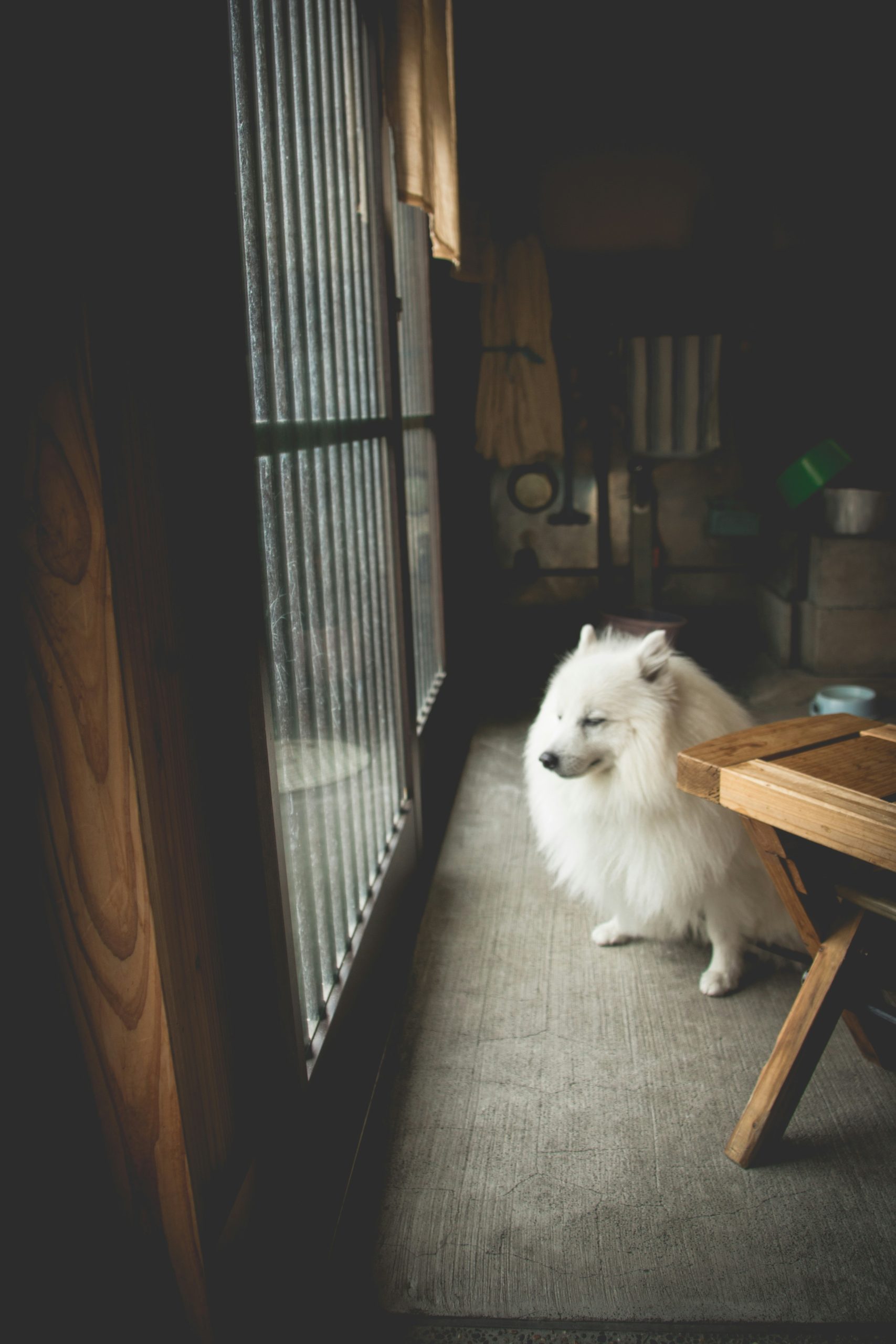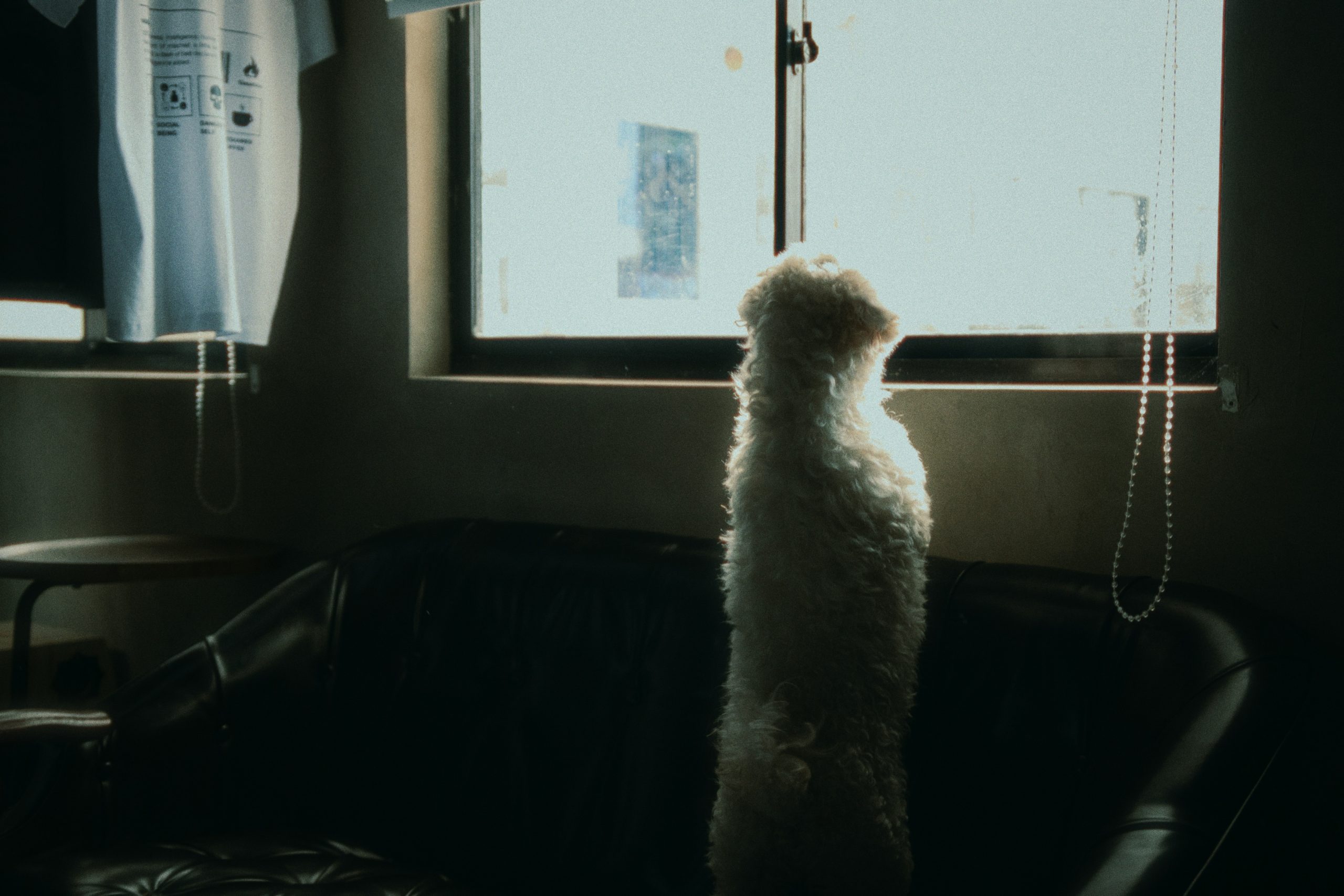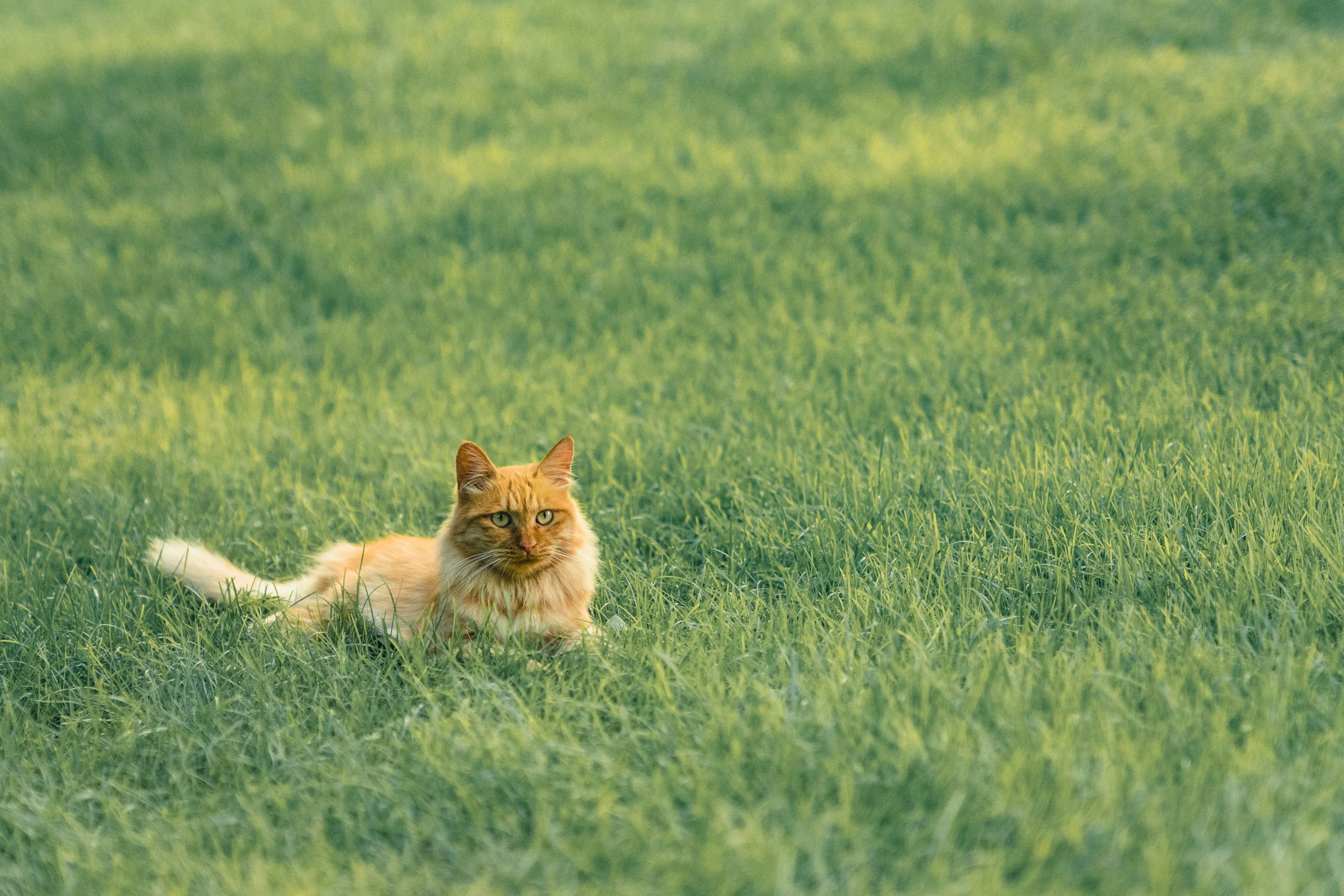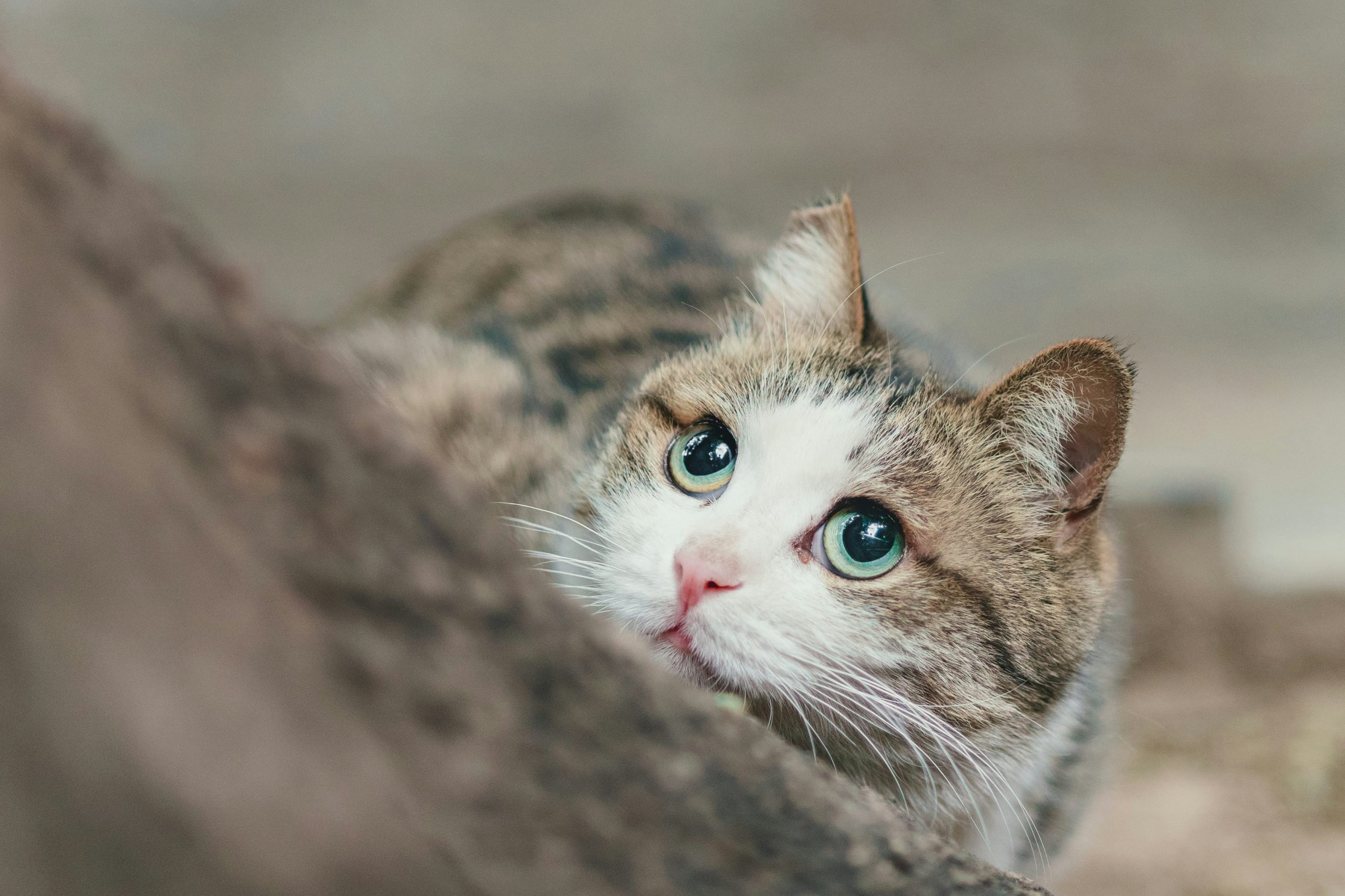In recent years, the pet industry has experienced explosive growth worldwide. From premium pet food to luxury accessories, pet spas, and even pet-friendly vacations, spending on animal companions has surged. But what’s driving this trend? Why are people increasingly willing to open their wallets for their furry (or scaly, or feathery) friends?
1. Pets as Family Members
Gone are the days when pets were merely “animals kept for utility.” Today, they are cherished family members. With rising urbanization and changing lifestyles, many people—especially millennials and Gen Z—are delaying marriage and parenthood, opting instead for the companionship of pets. This emotional bond translates into higher spending on health, comfort, and happiness for their four-legged (or winged) loved ones.
2. The Rise of Pet Humanization
The concept of “pet humanization” has taken hold, meaning pets are now treated with the same care as humans. Organic pet food, designer outfits, orthopedic beds, and even pet psychotherapy sessions are becoming commonplace. Social media amplifies this trend, with pet influencers setting new standards for luxury pet lifestyles.
3. The Pandemic Effect
The COVID-19 pandemic accelerated pet ownership as people sought comfort during isolation. Adoptions soared, and with more time spent at home, pet parents became more attentive to their pets’ needs. This led to increased spending on high-quality products and services, from gourmet treats to high-tech pet cameras.
4. Innovation in the Pet Industry
Technology and innovation have transformed pet care. Smart collars with GPS tracking, automatic feeders, and AI-powered health monitors make it easier than ever to pamper pets. Meanwhile, veterinary medicine has advanced, offering treatments like cancer therapy and stem cell treatments—services owners are willing to pay a premium for.
5. The Influence of Social Media
Instagram, TikTok, and YouTube are filled with adorable pet content, shaping consumer behavior. Viral trends like “puppuccinos” (whipped cream treats for dogs) or custom pet portraits encourage spending. Additionally, the rise of pet influencers means brands aggressively market premium products, further fueling the economy.
6. Economic Shifts and Disposable Income
As disposable incomes rise in emerging markets, pet ownership becomes more accessible. Even in economically challenging times, people prioritize spending on pets, viewing them as essential for mental well-being. This “pet parent” mentality ensures steady growth in the industry.
Conclusion: A Thriving Market with No Signs of Slowing Down
The pet economy shows no signs of decline. As pets continue to occupy a central place in modern households, spending will only increase. Whether driven by love, loneliness, or lifestyle trends, one thing is clear: our pets are no longer just animals—they’re a booming economic force.
Would you splurge on your pet? The answer, for millions, is already a resounding “Yes!”
This Article Was Generated By AI.




